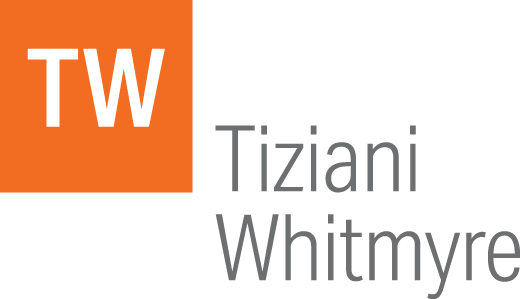Intent Data: A Big Step Toward Active Buyer Identification
“I want to know every in-market prospect who has started the buying journey for our company’s product or service ꟷ and know it before the competition.” Ever heard that from an irate B2B sales director? We have, on numerous occasions.
To solve today’s invisible purchaser problem, marketers are embracing new digital tools that enable “active buyer identification.” These tools evaluate prospects’ online behavior and purchasing trends to determine if their company is engaged in the buying process.
One key element in active buyer identification is the use of intent data. This solution signals the marketer when a company is actively researching a purchase based on the web content they consume.
Over the next three blog posts, we will explain the role of intent data in a marketing strategy ,and explore its impact in driving customer-driven demand for B2B and life science companies. Our goal: to help you decide if it’s beneficial and the right fit for your organization.
What is intent data?
Intent data signals that a company may have an intention to purchase a product or service. Intent data providers aggregate, monitor, and analyze the trail of digital breadcrumbs potential buyers leave on sites as they conduct research for their next purchase. This browsing behavior might include clicking on digital ads; downloading white papers, articles, and ebooks; or viewing videos. By aggregating these potential buying signals by company or topic, it’s possible to uncover prospect movement and prioritize outreach based on intent indicators.
How does it work?
As we mentioned, intent data is harvested from outside sources all across the Internet and provides a broader view of a company’s buying intentions. It can include behavioral data, actions, and interests shared across digital environments from a cooperative of publishers, websites and apps, or collected by a publisher’s owned and operated network of websites and apps.
Most providers offer one of two data mining types: bidstream data or co-op data.
- Bidstream data is scraped from digital ads that originate from a publisher’s website or app. The data is passed during the real-time bidding process for programmatic advertising. It typically includes the visitor’s IP address, device type, ad format, and topic keywords. This data is then aggregated and evaluated to pinpoint companies that might have buying intent. While valuable for greater advertising effectiveness, the downside to bidstream data is that keyword scraping and ad views can be hit or miss when it comes to determining a buyer’s purpose. Also, the data is collected without regard for user safety or regulatory compliance.
- Co-op data is collected and aggregated from a group of member Web publishers. They have opted in and implemented tags that collect 100% of their visitors’ browsing behavior and content downloads, including those that do not have advertising. This data is collected via the visitor’s IP address to comply with privacy regulations. The data is then aggregated by company, geography, and topic area for reporting to clients. Co-op data typically provides better insights into a potential customer’s overall position in the buying journey.
In the next blog in our intent data series, we will explore how it can enhance revenue generation. For a more detailed review of intent data use, download our eguide, Intent Data: An Exciting Step Forward in Active Buyer Identification.
References
- The Outlook on Intent Data, Ascend2, April 2022.
- What’s Working in Intent-Based Strategies, DemandGen, March 2022.


